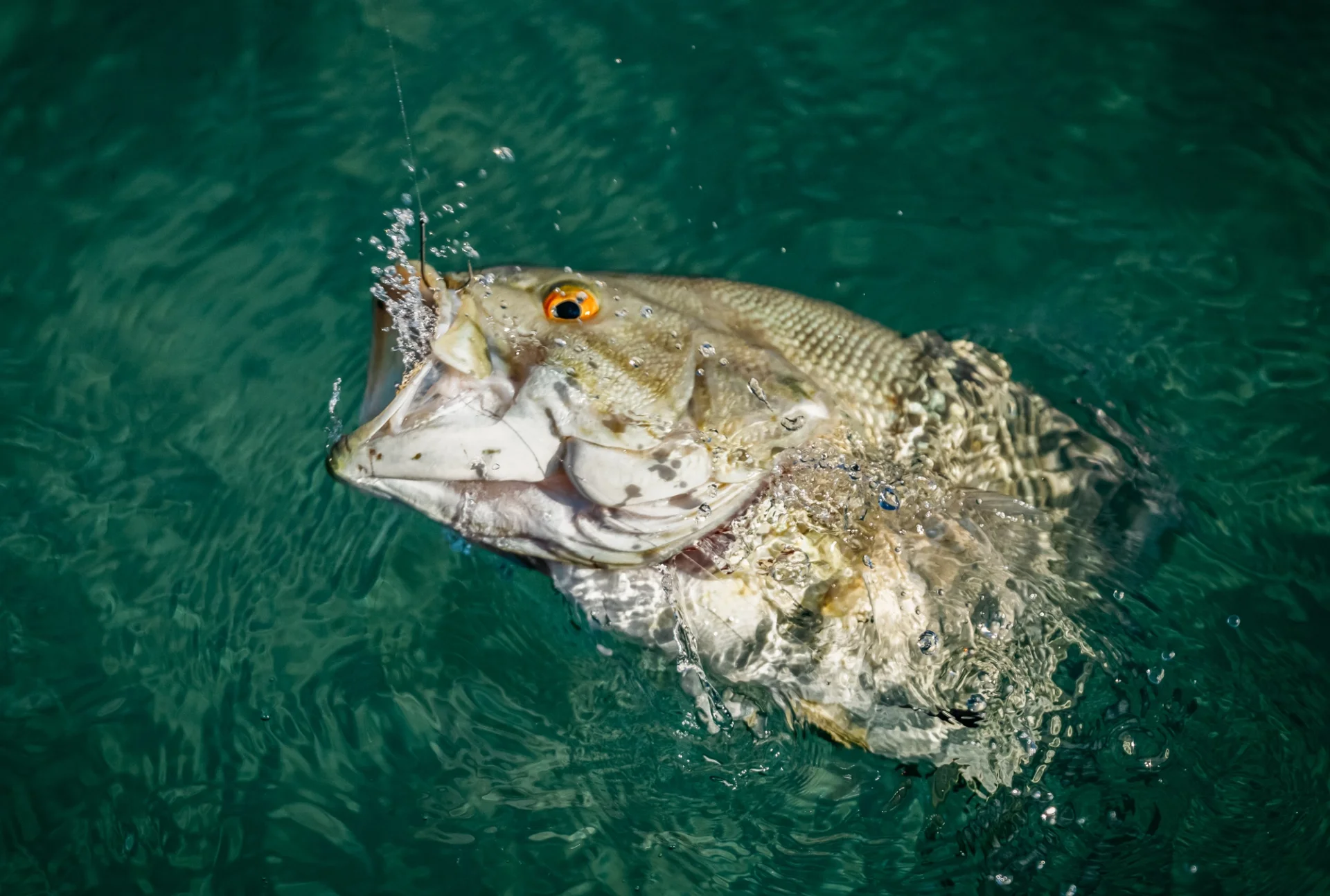Lester's Smallmouth Bass Search Tips

It’s said that seeing is believing and modern electronics have evolved to the point that there are no longer many mysteries. No doubt, forward-facing sonar has revolutionized the way anglers search for smallmouth bass; and with real-time images showing fish location and movement, anglers operate with invaluable detail.
On the Bassmaster Elite Series, Mustad pro Brandon Lester does his searching with Lowrance ActiveTarget. As he explained, this technology has provided a game-changing benefit that confirms what was once only speculation.
“As fishermen, we’ve suspected; and I’d even go so far as to say we’ve always known that smallmouth are a lot more nomadic than largemouth are, ”Lester said. “I picture a largemouth as a lazy fish that sits beside structure a lot more, but smallmouth like to get out there a roam around —sort of like a spotted bass.
Strategic Advantage
Lester said his forward-facing sonar may show him a single fish or a school of fish; but either way, it’s an immediate discovery. Whereas, in years past, anglers would have to simply fish through an area to figure out what was — or was not — there.
It’s all about time efficiency and Lester knows that casting to fish beats casting to an area. Also, consistency is hard to maintain with the highly mobile smallmouth, so knowing when the fish are gone is just as helpful as knowing where they were.

Bait &Tackle Selection
This is mostly open-water finesse fishing, so there’s no need for heavy tackle. For his forward-facing sonar searches, Lester uses his 6-10 medium-light signature series Mustad BLF Instinct rod with a size 3000 reel, 10-pound braided main line, and an 8-pound fluorocarbon leader.
His bait of choice for the smallmouth hunt is a dropshot with a finesse worm on a Size 4 Mustad AlphaPoint Dropshot Hook and a Mustad Tungsten TitanX Dropshot Weight.
Key Observations
“When I first started using forward facing sonar, one of the things that was eye-opening to me was just how much fish do move,” Lester said. “We always kinda thought that, if a fish positions by a clump of grass or over by a buoy, then that’s where that fish lives.
“But that’s not always the case. Those smallmouth will just take off swimming and swim across the middle of the lake.”
Lester also pointed out that smallmouth will dramatically change their depth in a remarkably short timeframe. Again, that real-time response helps anglers capitalize on more opportunities, by showing them precisely where they should be fishing.
In closing, Lester points to his top lesson from the forward-facing sonar game:
